Urbannerdam housing project, Rotterdam
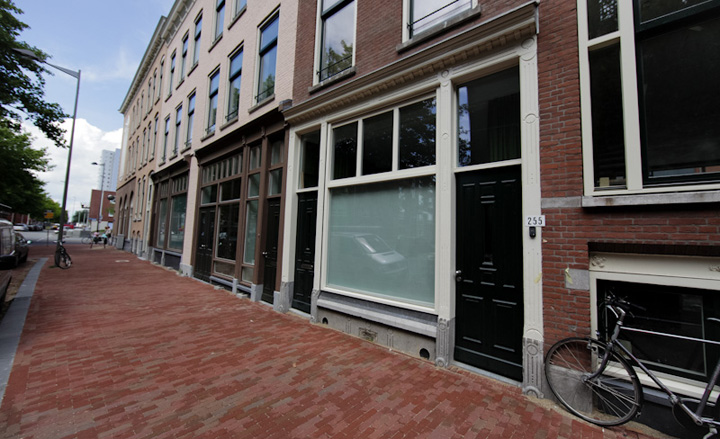
The City of Rotterdam has come up with an ingenious way to regenerate neglected parts of the city and help its citizens get on the property ladder in a single stroke: the Urbannerdam program.
A housing scheme that has been running for the past few years, it is designed to revitalise Rotterdam’s more disadvantaged parts using small yet strategic injections of great design. With the first few houses now completed, the results are starting to show.
The plan is simple; the city sells buildings it acquired over the years to private clients at extremely competitive prices on the condition they create a premium house at minimum cost. In addition to the financial incentive, the program also pairs the new owners with an architect and follows the project through to its completion.
The result? The demand from Rotterdammers, who have spotted the opportunity to create their dream home, has been extraordinary and over 250 new homes are being created in various parts of Rotterdam. The showcases feature high-quality design and construction, breathing new life to their respective neighbourhoods.
Program manager Martijn Kok is an Urbannerdam convert himself, having just settled into a new apartment in Rotterdam’s Spangen neighbourhood that was built as part of the program. The design and construction of Kok’s home was led by local development and design duo Luc van Beers and Steve D’Aboy of 13 Speciaal, who have worked on several other Urbannerdam projects, as well as van Beers' own home in De Dichterlijke Vrijheid (which translates as ‘Poetic Licence'), the scheme’s very first block conversion.
‘Actually Urbannerdam didn't quite exist at the time of De Dichterlijke Vrijheid,’ says van Beers. ‘It involved the same group of people - we were the pilots – and, due its success, Urbannerdam was born. I was attracted to it largely because of its pioneering spirit: the idea of reclaiming and rebuilding a former ghetto with a group of young, ambitious, creative people. All base renovation costs came from a communal pot, which meant that we all had a vested interest in the project as a whole. And without the financial support from the city of Rotterdam, the numbers just wouldn't have worked, and the project would not have been feasible.’
Since those first attempts, many more followed, such as the example of Polish-born construction manager Damian Zarebski, who together with his partner, transformed a derelict old townhouse in the south district of Katendrecht into a perfect, four-level, live-and-work pad, with all the requisite mod cons. ‘It has always been a dream of mine to build my own house,’ says Zarebski. ‘Many people would be scared and run away from a dilapidated, run-down house like that. But I instantly saw the potential.’
Rotterdam’s Katendrecht used to be a port neighbourhood of questionable repute, but it is swiftly becoming the district to watch. Taking advantage of Urbannerdam, construction manager Damian Zarebski and his partner have transformed an old townhouse in the area.
Receive our daily digest of inspiration, escapism and design stories from around the world direct to your inbox.
The renovation took place in record time – the couple was given the keys in September 2010 and works were done by March 2011. They had five hours of architect time through the program to get them started and decide on the basics and structural issues, but after that, their friend, local architect Willem van Genugten, helped them with the execution. ‘We mixed styles, with the biggest contrast being the classical style downstairs against the modern style of the kitchen,’ says the owner. ‘The wooden floor acted as a common thread throughout the house.’
They still faced many challenges, however, with coordination being top of the list. ‘I had seven different companies working on the house at the same time,’ explains Zarebski. ‘The kitchen’s design was especially tricky. It was big and handcrafted in Poland, and the coordination between carpenters, architect and myself took time. In the end, it had to be craned into the house, through the back window.’
Great design is an integral part of the concept and the architectural community seems to be swiftly picking up on the overall scheme’s unique character. One of the most recently completed houses – the Black Pearl - won a Dutch Design Award 2011, chosen by the Dutch public, which shows how popular the scheme is.
The city has been working hard to transform its existing housing stock to suit its growing needs and Urbannerdam, alongside a wealth of new and ongoing urban developments like OMA’s mixed-use ‘vertical city’ tower De Rotterdam, is designed to pump new blood into the area’s architectural heart.
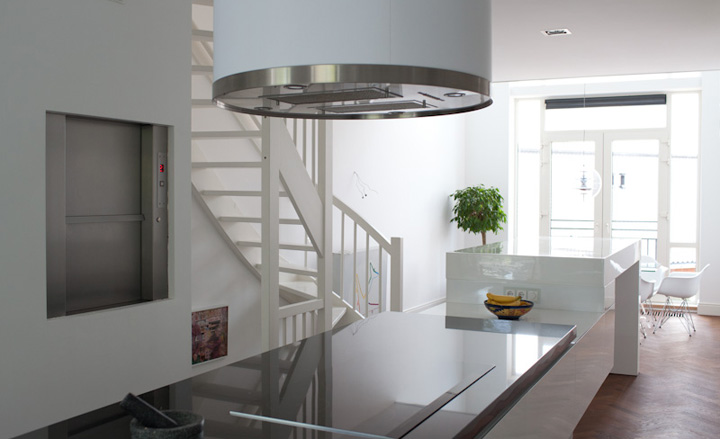
Tolhuislaan House by Willem van Genugten

Tolhuislaan House by Willem van Genugten

Tolhuislaan House by Willem van Genugten

Tolhuislaan House by Willem van Genugten

Tolhuislaan House by Willem van Genugten
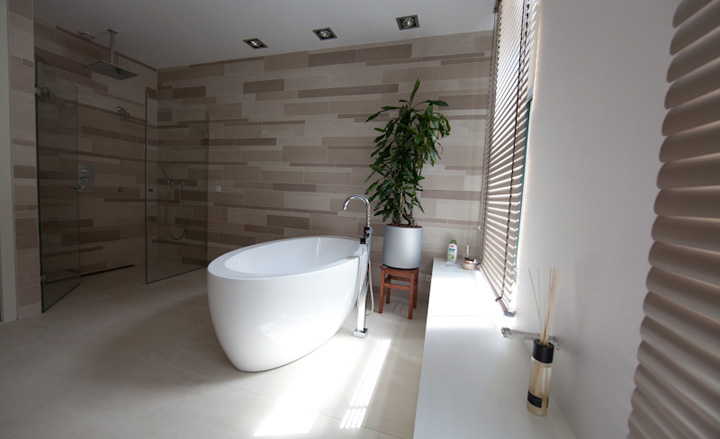
Tolhuislaan House by Willem van Genugten
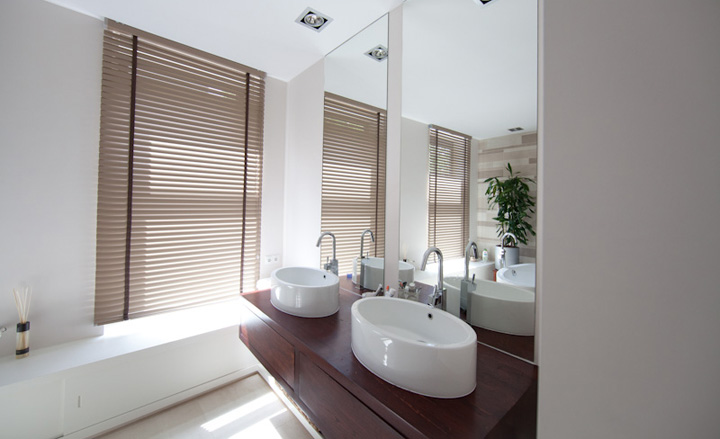
Tolhuislaan House by Willem van Genugten
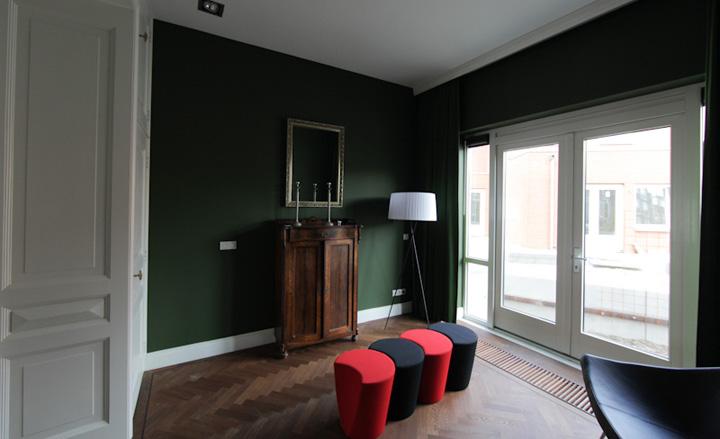
Tolhuislaan House by Willem van Genugten
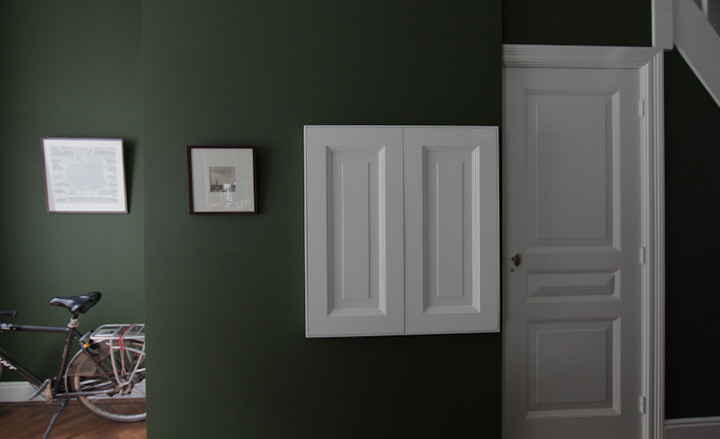
Tolhuislaan House by Willem van Genugten

The Black Pearl by Studio Rolf.fr, in cooperation with Zecc Architecten
The Black Pearl was designed by Dutch designers Studio Rolf.fr and Zecc Architecten for a private client. An unusual black façade kick-started the building’s new identity, so everything, from the brick to the windows and masonry was covered in shiny black oil paint. Instead of working with the existing windows, the architects kept them in place, but punctured through a new set of minimal openings over and around them, marking the structure’s new life. ‘This creates a relationship between the original facade and the building’s new interpretation,’ they say.
Internally, the structure was completely reconfigured into an open plan interior. The architects used the existing shell simply as boundaries to enclose the new residence. From the ground level up, the building includes an office and studio space, followed by the bedrooms, bathroom, kitchen and living room, topped out by an impressive roof garden.
The house’s monochromatic colour scheme – inside and out - marks a departure from the street’s more traditional dwellings, further underlining its individuality. And with the recent Dutch Design Awards 2011 win for the Public Award, which is chosen by the Dutch public, it seems to be a move in the right direction for the city of Rotterdam.
View our interactive floor plan of Black Pearl
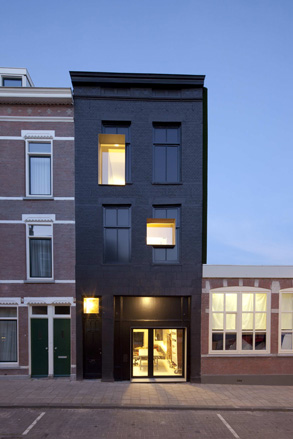
The Black Pearl by Studio Rolf.fr, in cooperation with Zecc Architecten
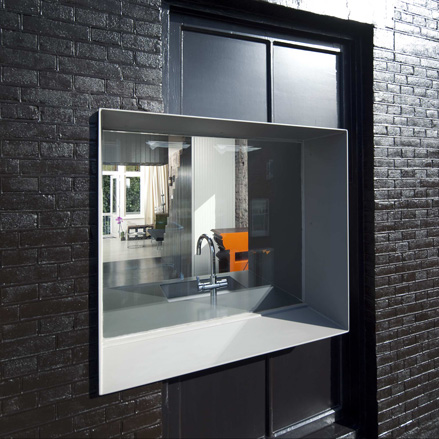
The Black Pearl by Studio Rolf.fr, in cooperation with Zecc Architecten
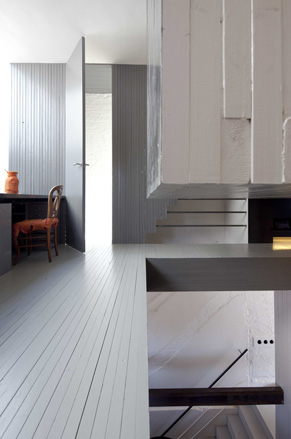
The Black Pearl by Studio Rolf.fr, in cooperation with Zecc Architecten
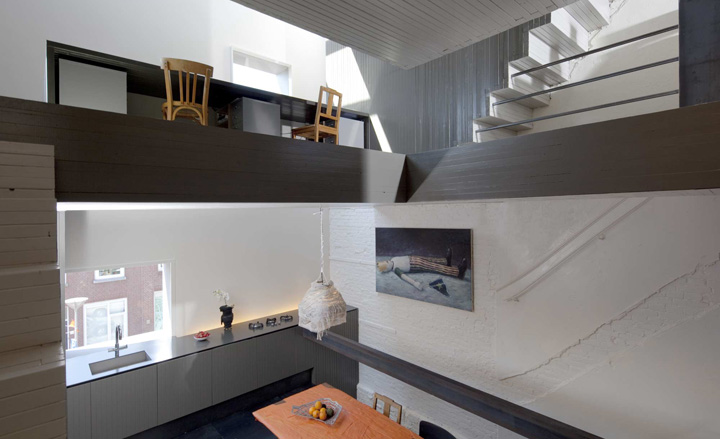
The Black Pearl by Studio Rolf.fr, in cooperation with Zecc Architecten
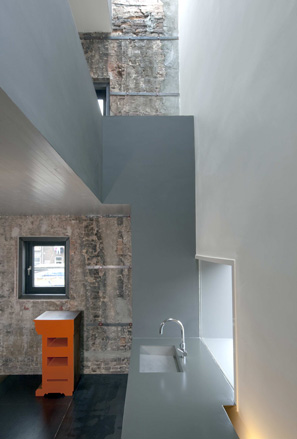
The Black Pearl by Studio Rolf.fr, in cooperation with Zecc Architecten
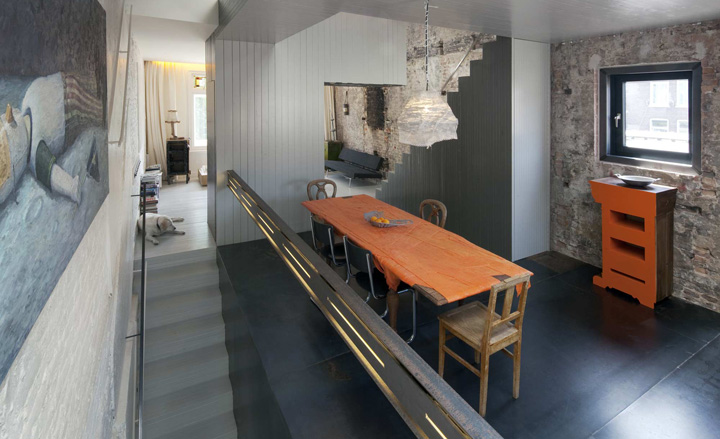
The Black Pearl by Studio Rolf.fr, in cooperation with Zecc Architecten
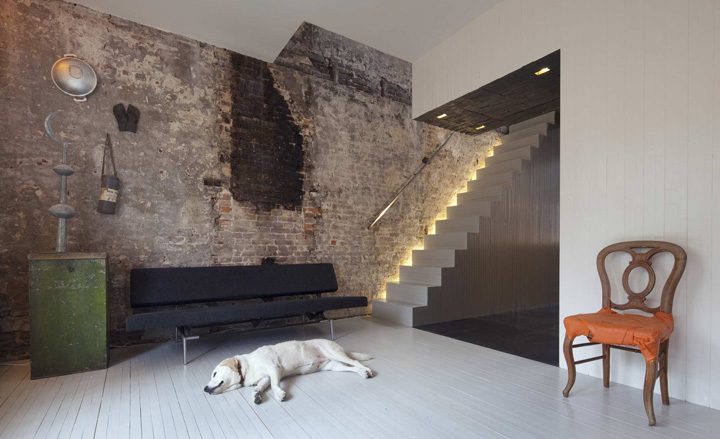
The Black Pearl by Studio Rolf.fr, in cooperation with Zecc Architecten
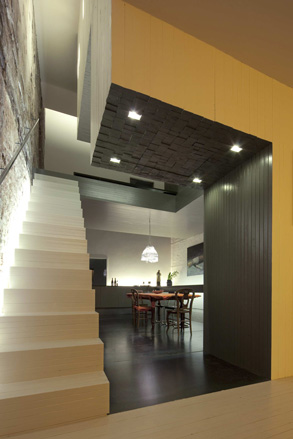
The Black Pearl by Studio Rolf.fr, in cooperation with Zecc Architecten

The Black Pearl by Studio Rolf.fr, in cooperation with Zecc Architecten
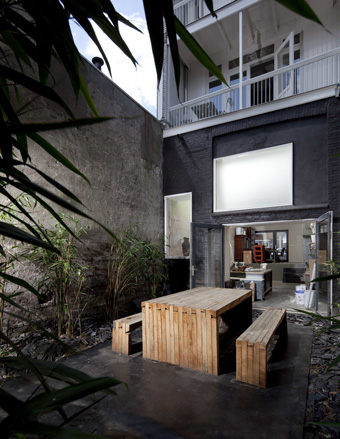
The Black Pearl by Studio Rolf.fr, in cooperation with Zecc Architecten
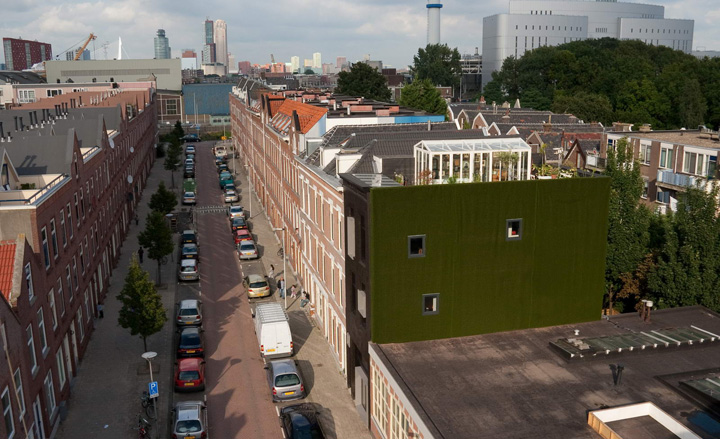
The Black Pearl by Studio Rolf.fr, in cooperation with Zecc Architecten
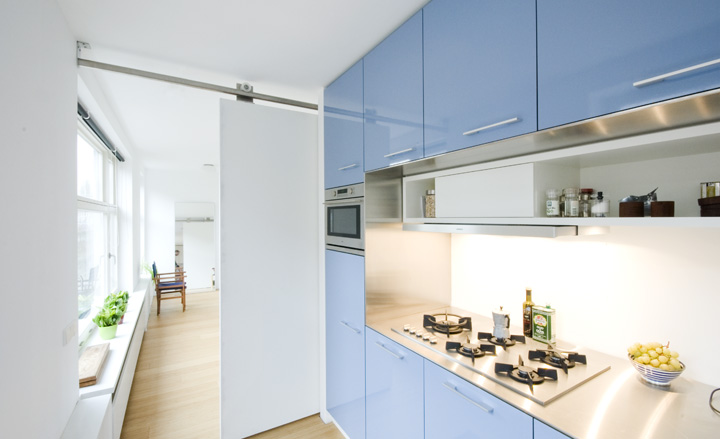
Kok Flat by 13 Speciaal.
The flat for Urbannerdam’s program manager Martijn Kok is at the top of one of the first blocks that became part of the scheme a few years ago in the Spangen area of Rotterdam. Kok worked with developer development and design duo Luc van Beers and Steve D’Aboy of 13 Speciaal for the interiors of his flat and the result is a flexible, open plan bright space that combines inside and outside space, as well as an airy and light feel.

Kok Flat by 13 Speciaal
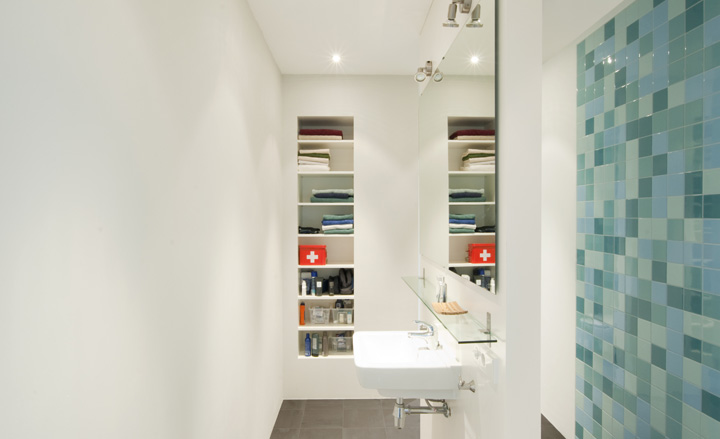
Kok Flat by 13 Speciaal
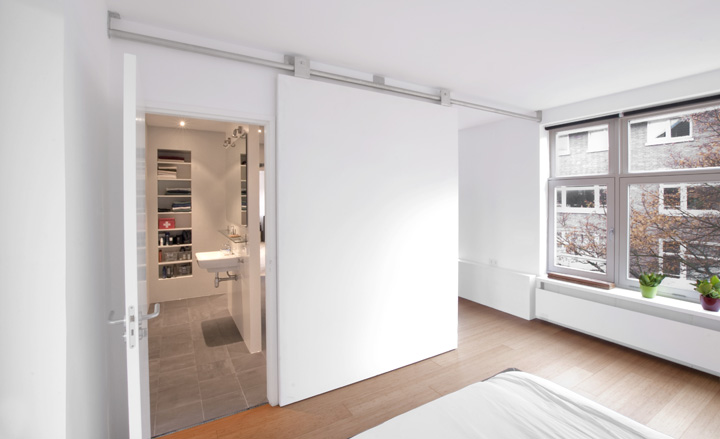
Kok Flat by 13 Speciaal
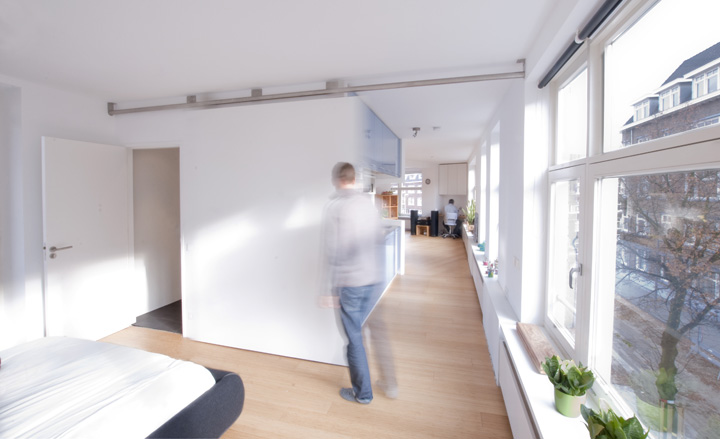

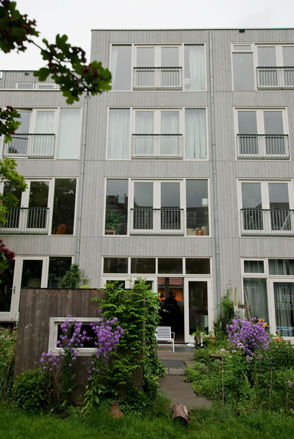
Van Beers House by 13 Speciaal.
Developer Luc van Beers’ home is in the De Dichterlijke Vrijheid block, which is located in the city’s Spangen area. It was surrounded by pre-renovation by old local authority flats and the area had a less-than-perfect reputation. Since the renovation, prices have been steadily rising in the block, and the area has seen great improvement.
Van Beers and his company, 13 Speciaal, personally followed the works, with the help of architect Dolf Dobbelaar, who did the basic floor plan and layout, such as the unconventional position of the staircase (it is centrally placed rather than next to a wall, as is traditional for this type of residence). All of the further interior design and styling was the work of 13 Speciaal.
‘The biggest challenge was to bring transparency as well as functionality and spatial integration into a proportionally narrow, four-storey home,’ says van Beers. ‘The position of the staircase was key in the design, because it freed up both side walls and helped plan the circulation flow better. The result speaks for itself.’
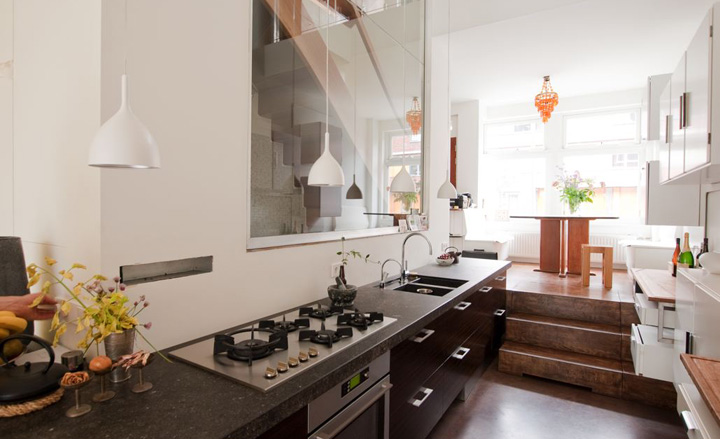
Van Beers House by 13 Speciaal
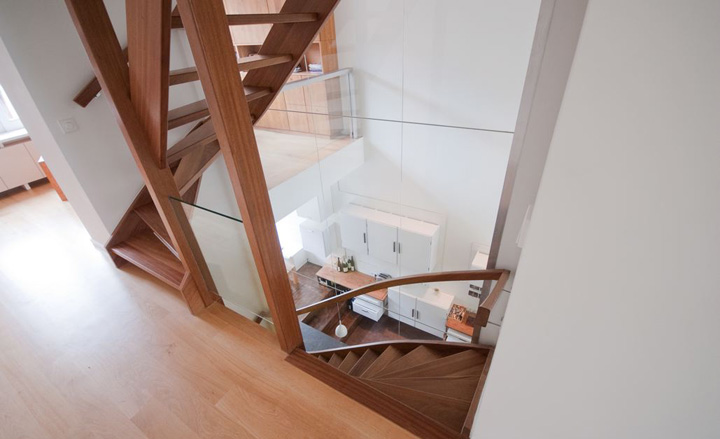
Van Beers House by 13 Speciaal

Van Beers House by 13 Speciaal
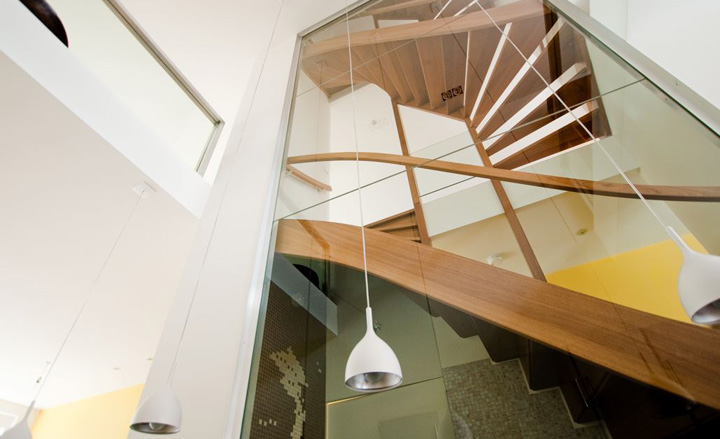
Van Beers House by 13 Speciaal
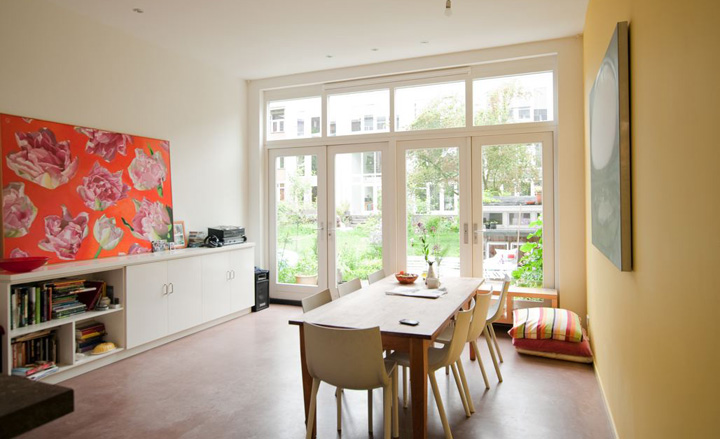
Van Beers House by 13 Speciaal
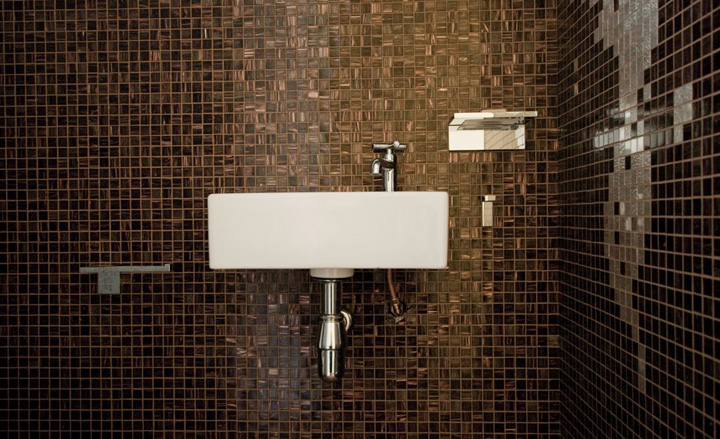
Van Beers House by 13 Speciaal
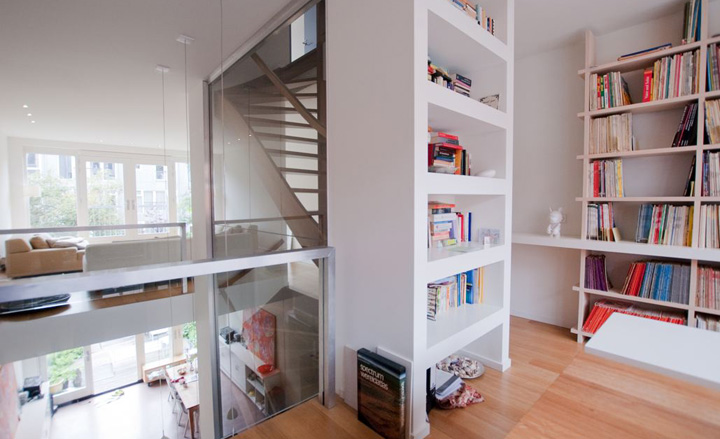
Van Beers House by 13 Speciaal

Van Beers House by 13 Speciaal
Ellie Stathaki is the Architecture & Environment Director at Wallpaper*. She trained as an architect at the Aristotle University of Thessaloniki in Greece and studied architectural history at the Bartlett in London. Now an established journalist, she has been a member of the Wallpaper* team since 2006, visiting buildings across the globe and interviewing leading architects such as Tadao Ando and Rem Koolhaas. Ellie has also taken part in judging panels, moderated events, curated shows and contributed in books, such as The Contemporary House (Thames & Hudson, 2018), Glenn Sestig Architecture Diary (2020) and House London (2022).
-
 Year in Review: we’re always after innovations that interest us – here are ten of 2025’s best
Year in Review: we’re always after innovations that interest us – here are ten of 2025’s bestWe present ten pieces of tech that broke the mould in some way, from fresh takes on guitar design, new uses for old equipment and the world’s most retro smartwatch
-
 Art and culture editor Hannah Silver's top ten interviews of 2025
Art and culture editor Hannah Silver's top ten interviews of 2025Glitching, coding and painting: 2025 has been a bumper year for art and culture. Here, Art and culture editor Hannah Silver selects her favourite moments
-
 In Norway, remoteness becomes the new luxury
In Norway, remoteness becomes the new luxuryAcross islands and fjords, a new wave of design-led hideaways is elevating remoteness into a refined, elemental form of luxury
-
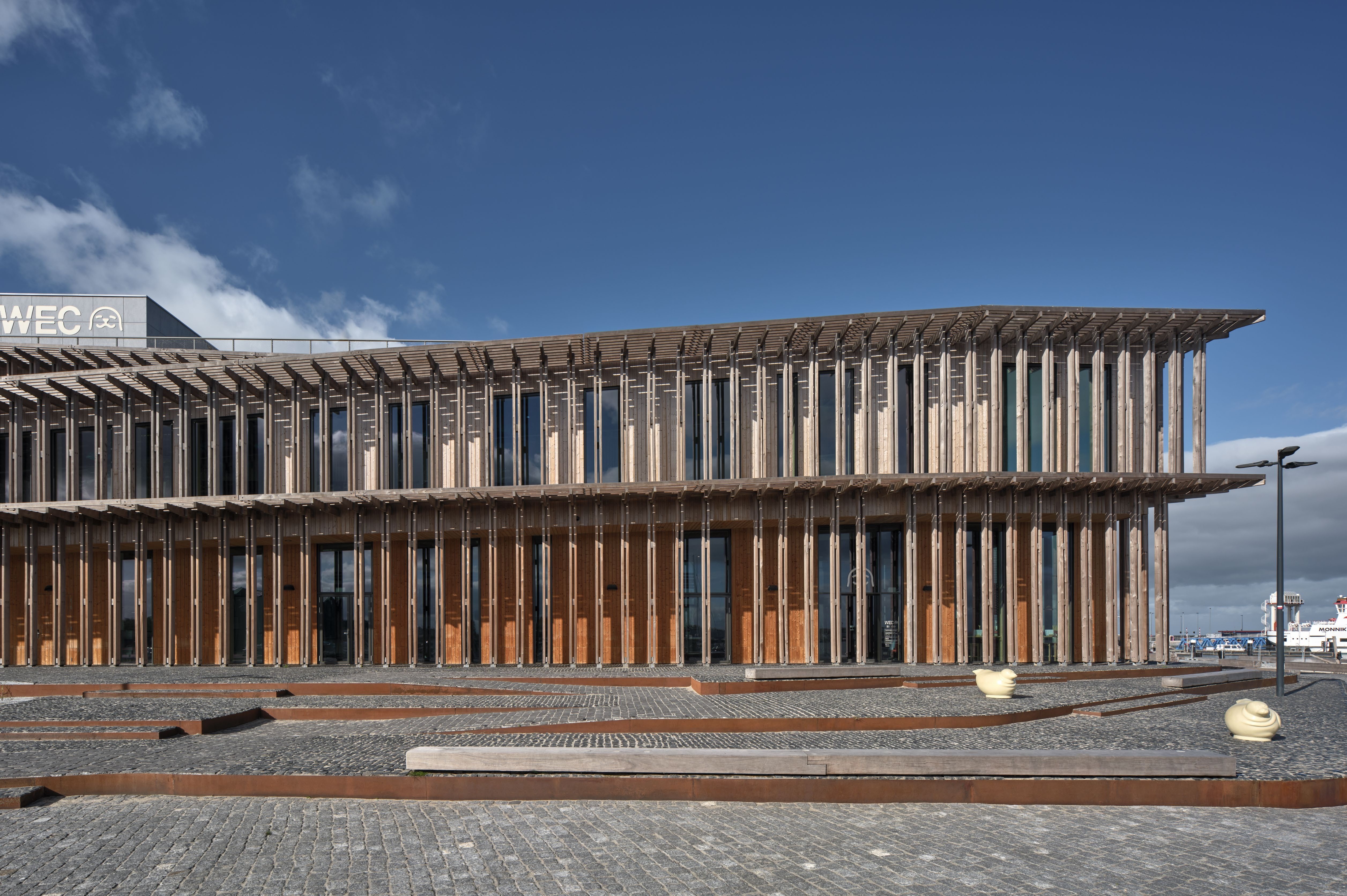 A Dutch visitor centre echoes the ‘rising and turning’ of the Wadden Sea
A Dutch visitor centre echoes the ‘rising and turning’ of the Wadden SeaThe second instalment in Dorte Mandrup’s Wadden Sea trilogy, this visitor centre and scientific hub draws inspiration from the endless cycle of the tide
-
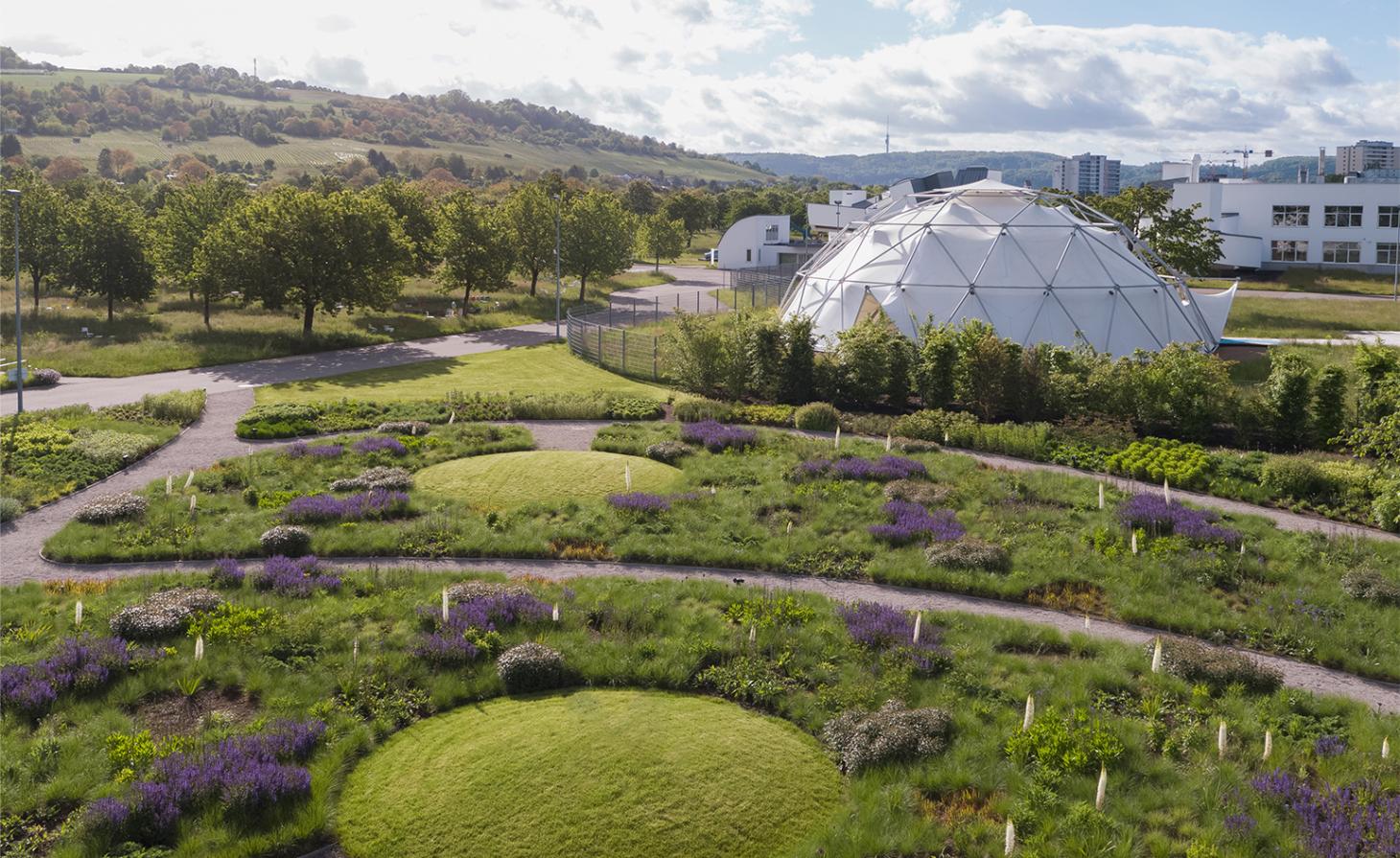 Piet Oudolf is the world’s meadow-garden master: tour his most soul-soothing outdoor spaces
Piet Oudolf is the world’s meadow-garden master: tour his most soul-soothing outdoor spacesPiet Oudolf is one of the most impactful contemporary masters of landscape and garden design; explore our ultimate guide to his work
-
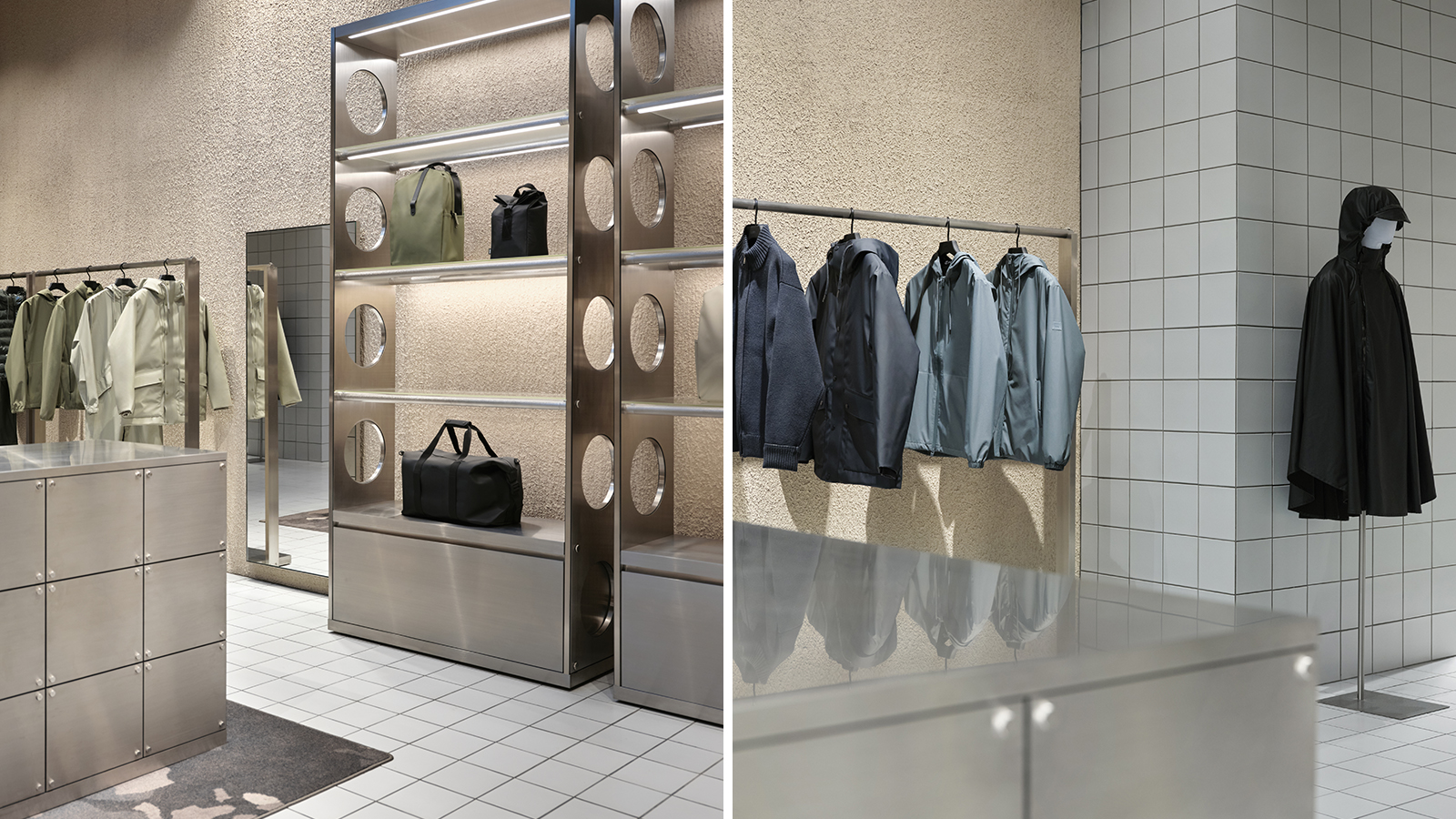 Rains Amsterdam is slick and cocooning – a ‘store of the future’
Rains Amsterdam is slick and cocooning – a ‘store of the future’Danish lifestyle brand Rains opens its first Amsterdam flagship, marking its refined approach with a fresh flagship interior designed by Stamuli
-
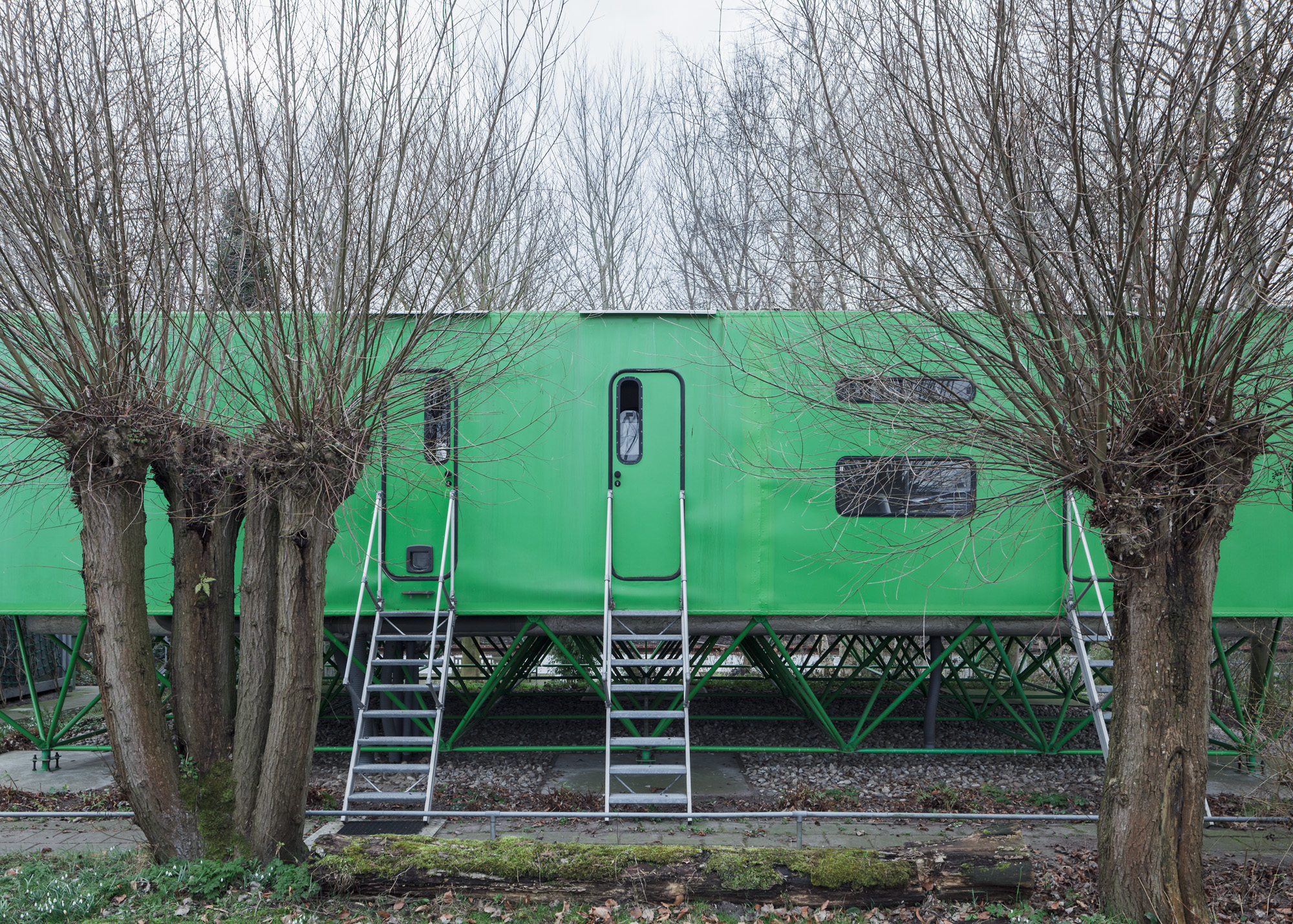 Flat-out brilliance: three Dutch houses that celebrate the horizontal
Flat-out brilliance: three Dutch houses that celebrate the horizontalThese three Dutch houses, built between the 1980s and the 2020s, blend seamlessly into the flat landscapes of the low country
-
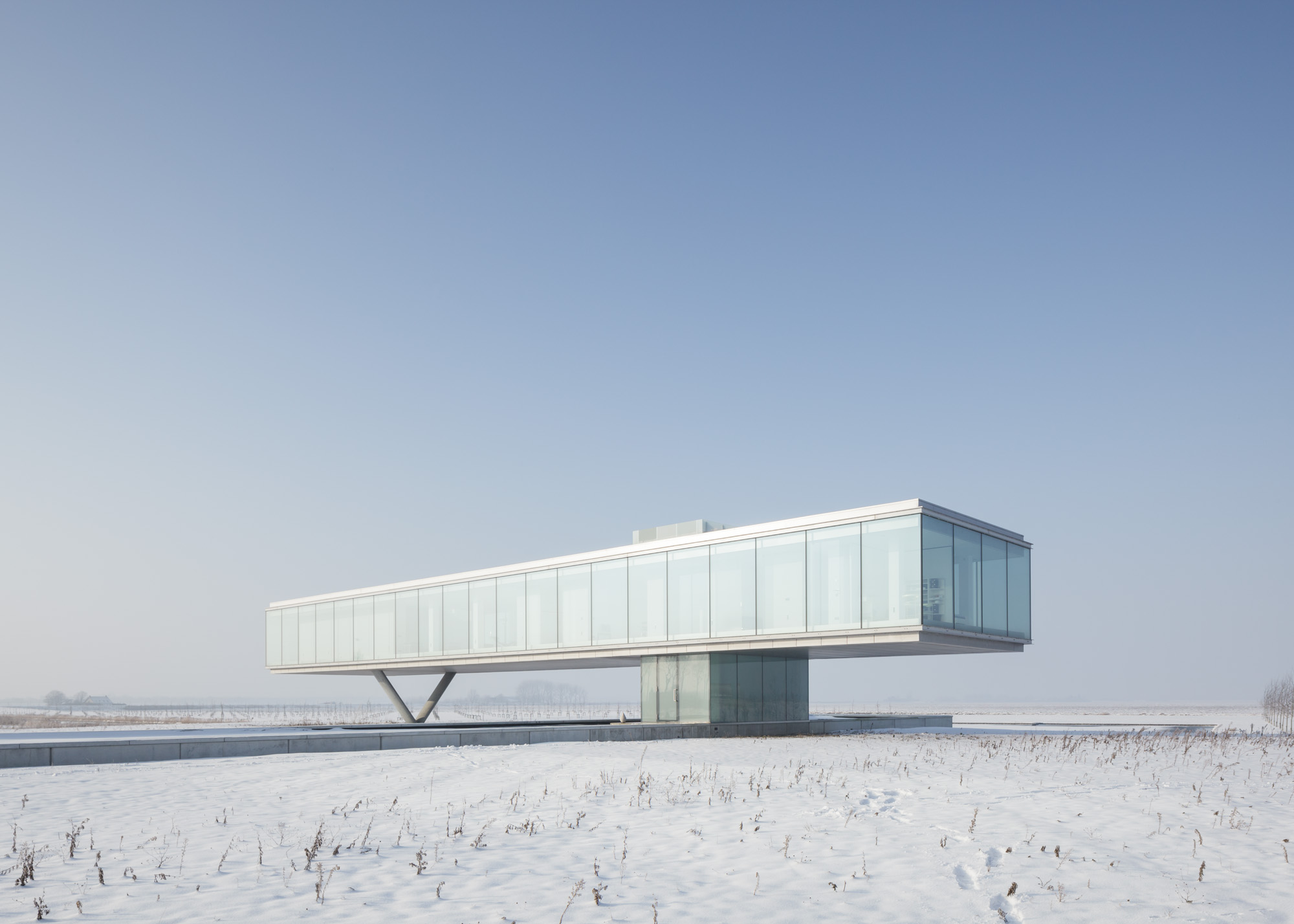 Explore a Dutch house which reframes brutalist architecture’s relationship with nature
Explore a Dutch house which reframes brutalist architecture’s relationship with natureA Dutch house by architect Paul de Ruiter is perfectly at one with the flatlands of the Netherlands; we dig into the Wallpaper* archive to revisit this unapologetic, sharp-angled streak across the landscape
-
 Discover a Jan Benthem-designed, 1980s High-Tech capsule house created in under a week
Discover a Jan Benthem-designed, 1980s High-Tech capsule house created in under a weekHow a small house by architect Jan Benthem in the Netherlands raised the stakes for High-Tech architecture and fuelled a self-build revolution; we dig into our archives for a Wallpaper* classic, first published in May 2014
-
 Ma Yansong's latest project is anchored by a gleaming stainless steel 'tornado'
Ma Yansong's latest project is anchored by a gleaming stainless steel 'tornado'The new Fenix museum in Rotterdam, devoted to migration, marks MAD's first European cultural project.
-
 Portlantis is a new Rotterdam visitor centre connecting guests with its rich maritime spirit
Portlantis is a new Rotterdam visitor centre connecting guests with its rich maritime spiritRotterdam visitor centre Portlantis is an immersive experience exploring the rich history of Europe’s largest port; we preview what the building has to offer and the story behind its playfully stacked design